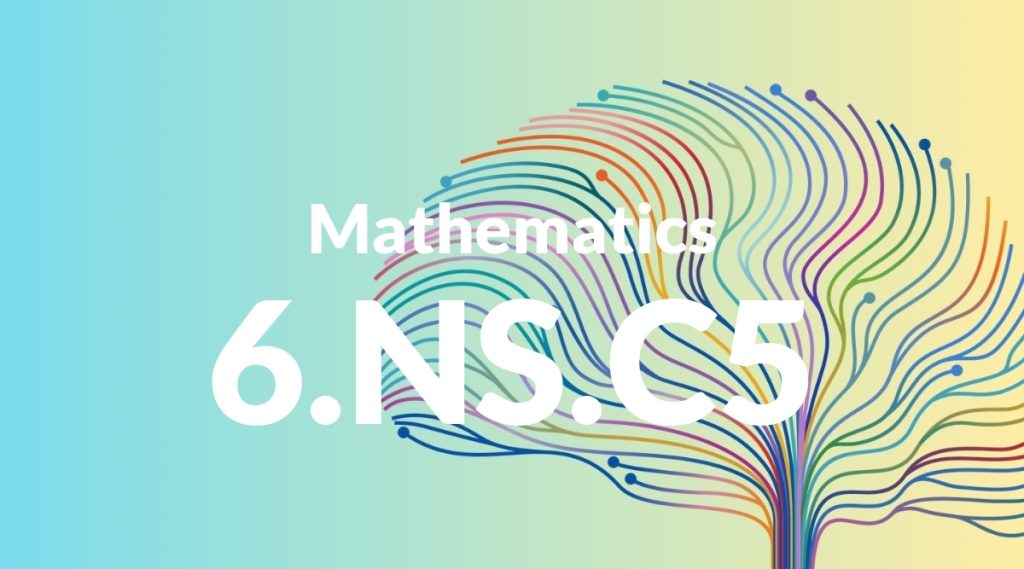Standard: 6.NS.C5 – Understand that positive and negative numbers are used together to describe quantities having opposite directions or values (e.g., temperature above/below zero, elevation above/below sea level, credits/debits, positive/negative electric charge); use positive and negative numbers to represent quantities in real-world contexts, explaining the meaning of 0 in each situation.
Grade level: Grade 6
Subject: Mathematics
Domain: The Number System
Teacher Overview
This standard focuses on understanding the use of positive and negative numbers to describe quantities with opposite directions or values. It is important because it lays the foundation for more advanced mathematical concepts involving integers and their operations. Students should be comfortable with whole numbers and basic arithmetic operations. They should also understand the concept of zero and its role on the number line.
Students will develop the ability to perform operations with positive and negative numbers and solve real-world problems involving these operations.
Common Misconception 1
One common misconception is that negative numbers are always smaller than positive numbers, regardless of context. This is incorrect because negative numbers can represent larger quantities in certain situations, such as temperature or elevation.
Intervention 1
To address this misconception, use number lines and real-world scenarios to illustrate how negative numbers can represent larger quantities in specific contexts.
Common Misconception 2
Another misconception is that zero has no value and is not important in real-world contexts. This is incorrect because zero often represents a neutral or baseline value in various situations.
Intervention 2
To remediate this misconception, provide examples where zero is crucial, such as zero degrees temperature or sea level, and explain its significance.
Prerequisite Knowledge
Students should have a basic understanding of whole numbers and their operations (addition, subtraction, multiplication, division). They should also be familiar with the concept of zero and its role in the number line.
Subsequent Knowledge
After mastering this standard, students will be able to perform operations with positive and negative numbers, including addition, subtraction, multiplication, and division. They will also be able to solve real-world problems involving these operations.
Instructional Activities
- Using a number line to represent positive and negative numbers
- Real-world problem-solving involving temperature changes
- Bank account simulations with credits and debits
- Interactive games involving elevation changes above and below sea level




